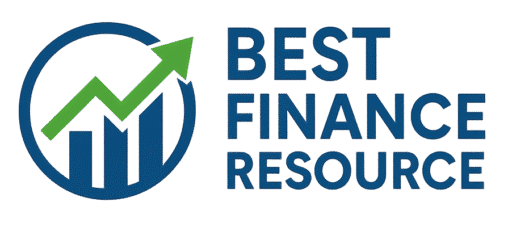Quick Inputs
Deductions (enter planned amounts)
Results
Computation Notes
Taxes don’t have to feel overwhelming. With this Tax Saving Estimator, you can enter your planned investments and instantly see how much tax you may save. Whether you prefer a Quick Mode (using marginal rate) or a Detailed Mode (slab-based with cess and surcharge), this tool gives you clarity in just a few clicks.
Why Tax Saving Matters
Tax-saving is not just about reducing your liability—it’s about building long-term wealth. By investing in eligible instruments under sections like 80C, 80D, and 24(b), you create financial security while lowering your payable tax.
Popular Tax-Saving Options
- Section 80C Investments (₹1.5 lakh cap)
Includes PPF, EPF, ELSS, life insurance premiums, 5-year FDs, and home-loan principal repayment. - Section 80D – Health Insurance Premiums
Premiums for self, family, and parents help safeguard health while giving tax relief. - NPS (80CCD 1B)
Additional ₹50,000 deduction to boost your retirement corpus. - Home Loan Interest (Section 24b)
Deduction of up to ₹2 lakh on self-occupied property interest payments. - Education Loan Interest (80E)
Interest on loans for higher education is deductible without a cap.
How This Tool Helps You
- Instant Calculations: Know your eligible savings in minutes.
- Customizable Inputs: Edit slabs, caps, and deductions as per your country’s rules.
- Side-by-Side Comparison: View tax before vs after deductions.
- Multi-Currency Support: INR, USD, GBP, EUR.
Tips for Smarter Tax Planning
- Invest Early in the Year: Avoid last-minute rush and benefit from compounding.
- Diversify: Don’t put all deductions into a single instrument—balance risk and return.
- Leverage Employer Benefits: Contributions to EPF, NPS, or group insurance can add to savings.
- Review Caps: Be mindful of section-wise maximum limits to avoid overshooting.
Disclaimer
This Tax Saving Estimator is for informational purposes only. Tax rules change, and actual savings depend on your jurisdiction. Please consult a qualified tax advisor for personal financial planning.
Frequently Asked Questions
1. What is the easiest way to save income tax?
The easiest way is to invest under Section 80C (PPF, EPF, ELSS, tax-saving FDs, insurance premiums) up to ₹1.5 lakh. You can also claim deductions under 80D (health insurance) and 24(b) (home loan interest). Using tools like the Tax Saving Estimator helps you identify the best mix for maximum savings.
2. Can I save tax without investing in ELSS or PPF?
Yes. Apart from investments, you can claim deductions for health insurance premiums (80D), education loan interest (80E), and home loan interest (24b). If you contribute to the National Pension System (NPS), you also get an extra ₹50,000 deduction under 80CCD(1B).
3. How much can I save in income tax in India?
Your savings depend on your income slab and deductions claimed. For example, under 80C, 80D, 24(b), and NPS, a salaried person can save ₹75,000–₹1.5 lakh+ annually. Use the Detailed Estimator on this page to see the exact before-and-after impact.
4. Which tax-saving option is best for salaried employees?
The best options are:
- EPF/PPF/ELSS under 80C
- Health insurance under 80D
- NPS for retirement savings
- Home loan benefits under 24(b)
Your choice depends on risk appetite and financial goals.
5. Is NPS better than ELSS for tax saving?
- ELSS: Shorter lock-in (3 years), equity exposure, higher growth potential but higher risk.
- NPS: Long-term retirement plan, lower risk, additional ₹50,000 deduction (80CCD 1B).
Ideally, a mix of both maximizes tax saving and future wealth creation.
6. Does the new tax regime allow tax saving?
The new regime (2023 onwards) offers lower slab rates but removes most deductions like 80C, 80D, and home loan interest. If you invest significantly in tax-saving instruments, the old regime may be better. Use the Detailed Mode of this estimator to compare both.
7. How do I calculate my tax savings quickly?
Use the Quick Mode in the Tax Saving Estimator. Enter your marginal tax rate and planned deductions, and the tool instantly shows your savings with acess included. For precise results, switch to Detailed Mode with slabs and surcharge.
For complete financial planning, cross-check with tools like:
- EMI Calculator – for housing and car loans
- EPF Calculator – for retirement growth
- SIP & Lump Sum Calculator – for mutual fund investments
- Loan Balance Transfer Checker – for refinancing decisions
